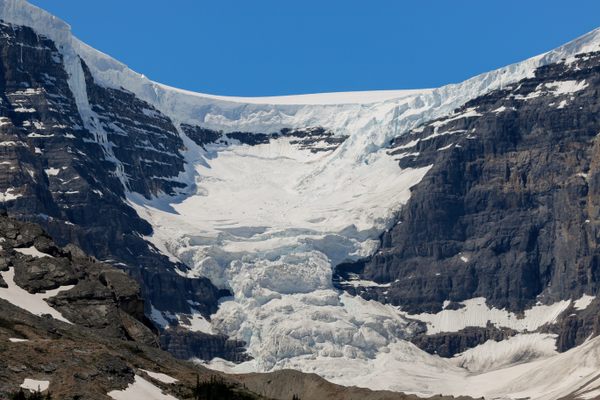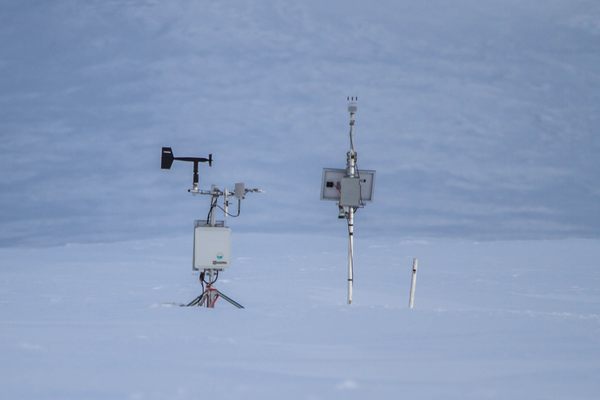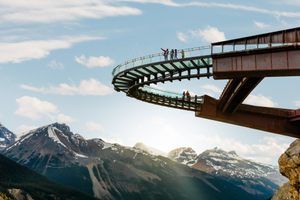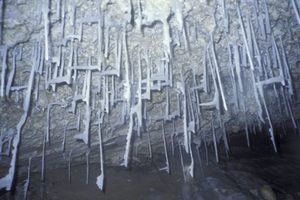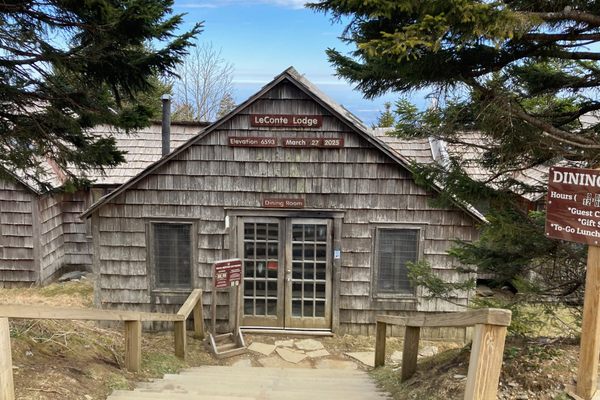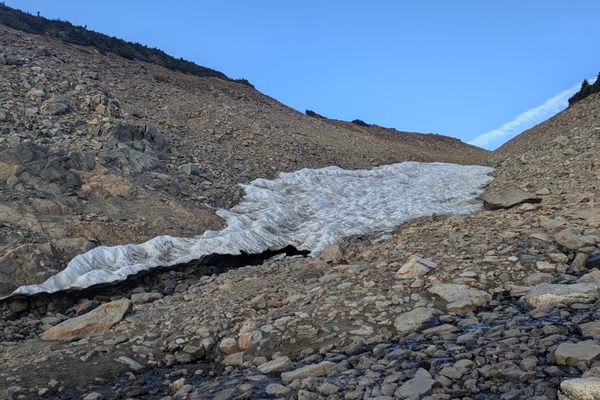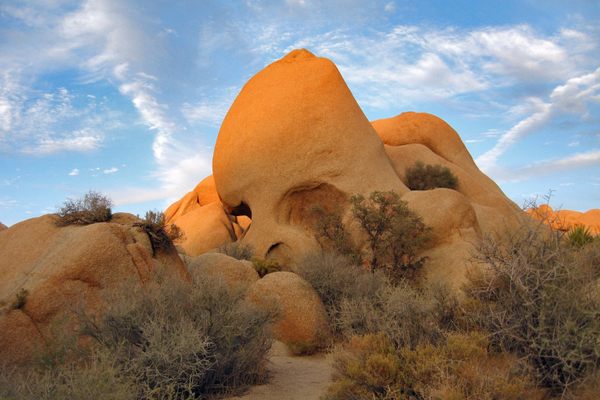About
When it comes to places to visit before they disappear, the Athabasca Glacier should be on your list. This nearly four mile (6 km) glacier, located in Jasper National Park in the Canadian Rockies, is one of the most accessible glaciers in Canada—and the most visited glacier in North America. But this natural wonder could disappear within a generation due to climate change; the glacier has been receding about 16 feet (five meters) a year.
Recently, a team from the University of Alberta and the Canada Science and Technology Museum, in collaboration with ice climber Will Gadd, went under the glacier to explore and document the effects of climate change first hand. "It's receded a few kilometres back up the valley now and is much smaller," Gadd said in an interview. "So we wanted to learn a little bit more about what was going on underneath the surface." Underneath they discovered kilometers of tunnels and shafts carved by melt water every summer. "I think we were all surprised by how beautiful it was," said Gadd. Another surprise? The temperature underneath the glacier. While the surface temperature was around -22 F (-30 C), when the team undertook the journey in December of 2016, once they made their way inside the glacier, it was a balmy 33 F (1 C).
There were also some unusual discoveries of life between the ice that no one expected. The team found flying insects and biofilms, a group of microorganisms, which stick together and then stick a surface. The group plans to return to "gain some more knowledge about how things are living under the ice when it's -30 C at the surface. This just makes very little sense from any biological perspective."
There are opportunities for the more amateur explorers among us to see this shrinking icy wonder. The edge of the glacier is accessible through guided tours and hikes, although visitors are discouraged from going onto the glacier without proper climbing equipment. Many who have gone underneath the glacier have done so inadvertently due to the many cracks and crevasses on its surface. But there's still time for those who want a chance to (safely) explore a wonder that is rapidly disappearing in, as Gadd puts it, "a world that will change in ways far more radical and unpredictable than we can imagine."
Related Tags
Know Before You Go
Some tours of the glacier are seasonal, operating from April or May until October. Tours can also get booked far in advance, so make sure to reserve your place early. Unfortunately going under the ice is prohibited except with special permission.
Community Contributors
Added By
Published
December 11, 2017
Sources
- https://www.theglobeandmail.com/news/national/athabasca-glacier-melting-at-astonishing-rate-of-more-than-five-metres-a-year/article18835512/
- http://www.cbc.ca/news/canada/calgary/will-gadd-athabasca-glacier-climb-1.3910369
- http://www.cbc.ca/news/canada/calgary/will-gadd-athabasca-glacier-climb-1.3910369
- https://www.redbull.com/us-en/will-gadd-explores-ice-caves-under-athabasca-glacier


